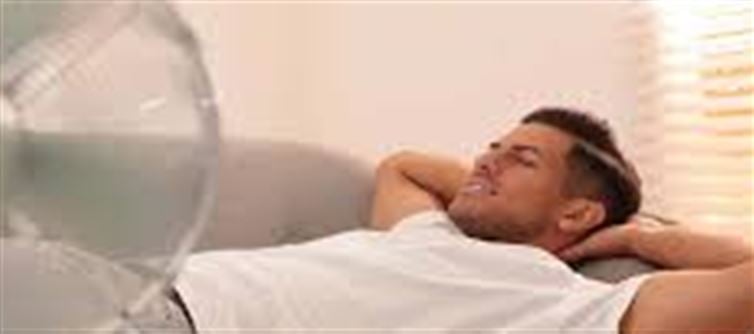
Sleeping with a fan on is a common practice for many people, especially during warm weather. However, recent discussions have emerged regarding the potential risks associated with this habit, particularly concerning heart health. While using a fan can provide comfort by circulating air and creating a cooler sleeping environment, some experts suggest that it may also pose hidden risks, particularly for individuals with pre-existing heart conditions.
One concern is that fans can contribute to dry air, which may lead to dehydration and respiratory issues. For those with cardiovascular problems, dehydration can strain the heart, potentially triggering complications. Additionally, the continuous noise generated by the fan may disrupt sleep patterns. Poor sleep quality is linked to various health issues, including increased stress on the heart. Lack of restful sleep can elevate cortisol levels and blood pressure, both of which can negatively impact heart health.
Another factor to consider is the accumulation of dust and allergens that can be stirred up by the fan. For individuals with allergies or respiratory conditions, this can lead to inflammation and discomfort, potentially exacerbating any underlying heart issues.
Furthermore, while the cooling effect of a fan can be beneficial, it is essential to maintain a comfortable temperature that does not lead to excessive exposure to cold air, which could cause muscle tension and discomfort, further stressing the body.
While sleeping with a fan on may seem harmless and even beneficial for comfort, it is crucial to be aware of the potential risks, especially for individuals with heart conditions. Ensuring proper hydration, maintaining a comfortable room temperature, and considering alternatives for air circulation can help mitigate these risks while still allowing for a restful night's sleep. As always, consulting with a healthcare professional is advisable for those with specific health concerns.
Disclaimer:
The views and opinions expressed in this article are those of the author and do not necessarily reflect the official policy or position of any agency, organization, employer, or company. All information provided is for general informational purposes only. While every effort has been made to ensure accuracy, we make no representations or warranties of any kind, express or implied, about the completeness, reliability, or suitability of the information contained herein. Readers are advised to verify facts and seek professional advice where necessary. Any reliance placed on such information is strictly at the reader’s own risk..jpg)




 click and follow Indiaherald WhatsApp channel
click and follow Indiaherald WhatsApp channel